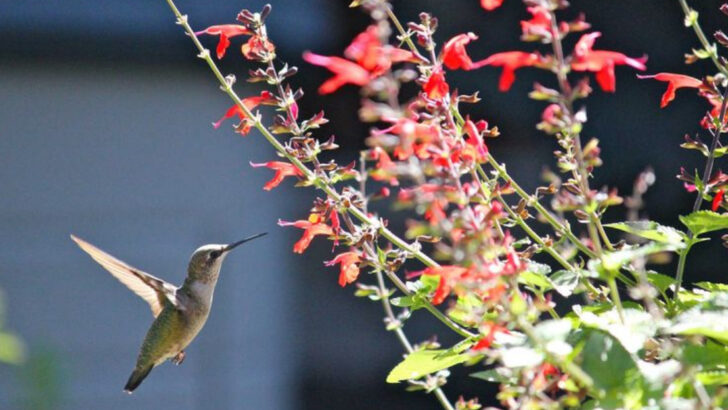If you’re not getting hummingbirds, it might be your fault.
These tiny daredevils aren’t just visiting any backyard—they’re picky, observant, and not afraid to ghost your feeder if things feel off.
Sticky nectar? Wrong flowers? That plastic monstrosity from the dollar bin? One bad move and they’ll vanish faster than you can say “sugar water.”
But don’t panic. You can turn your space into a hummingbird hotspot—it just takes a little know-how and some garden humility.
Let’s fix what’s scaring them off and give these jeweled rockets the safe, sweet paradise they deserve.
Using Red Dye in Feeders
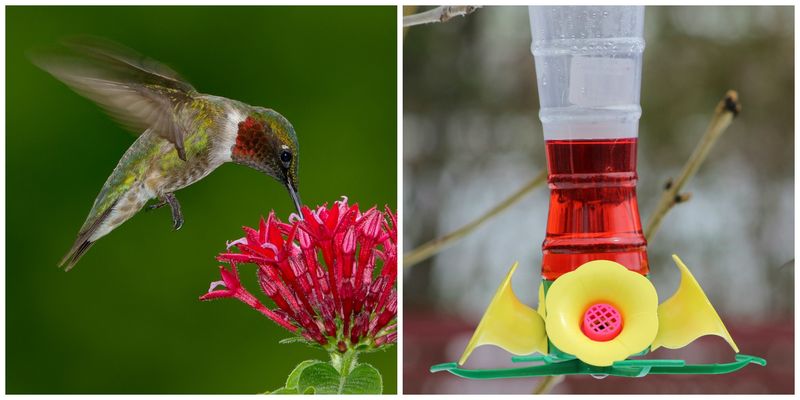
Avoid using red dye in hummingbird feeders as it can be harmful to these delicate birds. Instead, use clear nectar – a simple mix of sugar and water.
Hummingbirds are naturally attracted to the color red, so there’s no need to add dye. Placing red or bright-colored feeders in your garden will suffice.
The visual appeal of these feeders entices birds without the risk of chemicals. Ensure the feeder is cleaned regularly to prevent mold growth, which can also pose a threat to their health.
Placing Feeders in Direct Sunlight
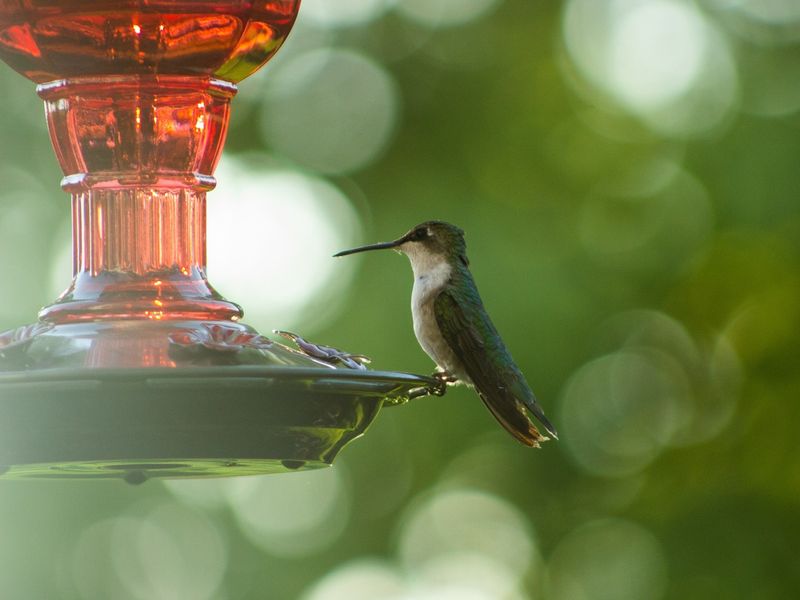
Positioning feeders in direct sunlight may cause the nectar to spoil quickly.
Hummingbirds prefer fresh, cool nectar. Consider placing feeders in shaded areas where the nectar stays fresh longer.
The shade provides a comfortable feeding spot, mimicking natural conditions. Additionally, avoid overcrowding feeders. Space them out to prevent territorial disputes, ensuring a peaceful feeding environment. Observing these guidelines will attract hummingbirds while maintaining their health and happiness.
Neglecting to Clean Feeders
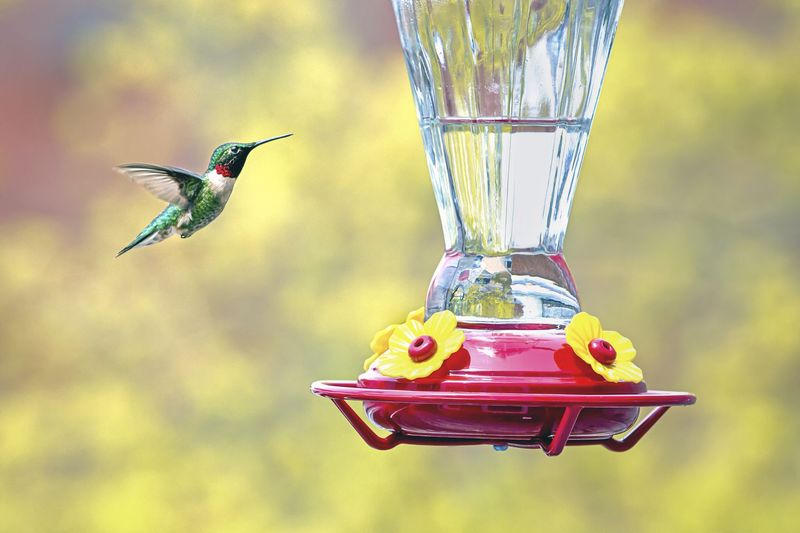
Unclean feeders can lead to mold and bacteria growth, endangering hummingbirds. Regular cleaning is vital.
Use a mild soap solution and rinse thoroughly to remove any residues. Cleaning once a week ensures the nectar remains safe and appealing.
Keep an eye on the cleanliness of the surrounding area, as decaying plant matter can also attract unwanted pests. This holistic approach creates a safer environment, allowing hummingbirds to thrive.
Ignoring Natural Food Sources
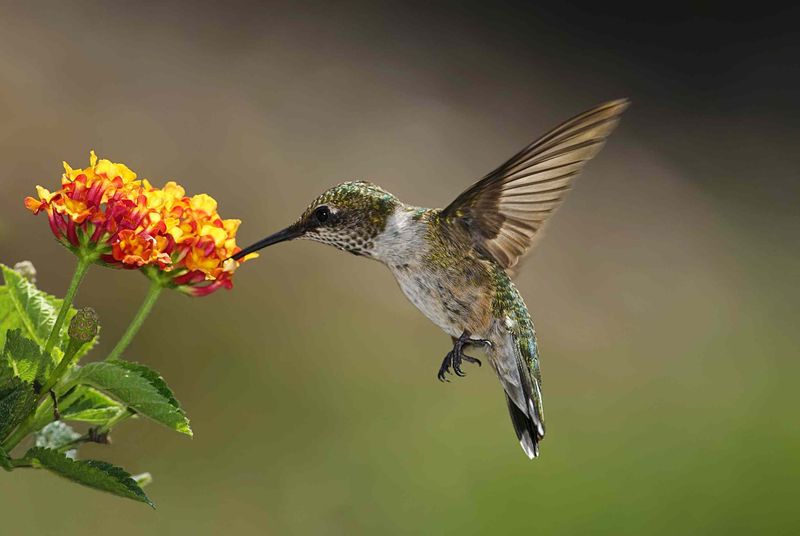
Relying solely on feeders overlooks the importance of natural food sources. Hummingbirds thrive on nectar from flowers.
Plant native flowering species to attract these lovely creatures. They prefer tubular flowers such as columbines and trumpet vines.
This provides a diverse diet, aiding in their overall health. Moreover, native plants support the local ecosystem, benefiting other wildlife. A blooming garden becomes a vibrant habitat for hummingbirds and an inviting space for other pollinators.
Using Pesticides in the Garden
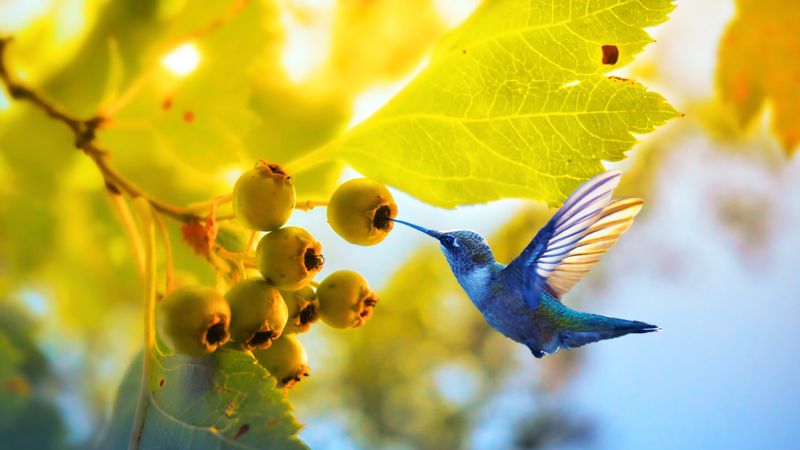
Pesticides can be toxic to hummingbirds, as they often consume insects coated with these chemicals.
Opt for organic gardening methods, focusing on natural pest control. Companion planting and natural predators like ladybugs can manage pests.
Creating a chemical-free environment attracts more hummingbirds and supports biodiversity. Consider these alternatives to foster a thriving ecosystem where hummingbirds can feed and nest safely.
Overcrowding Feeders
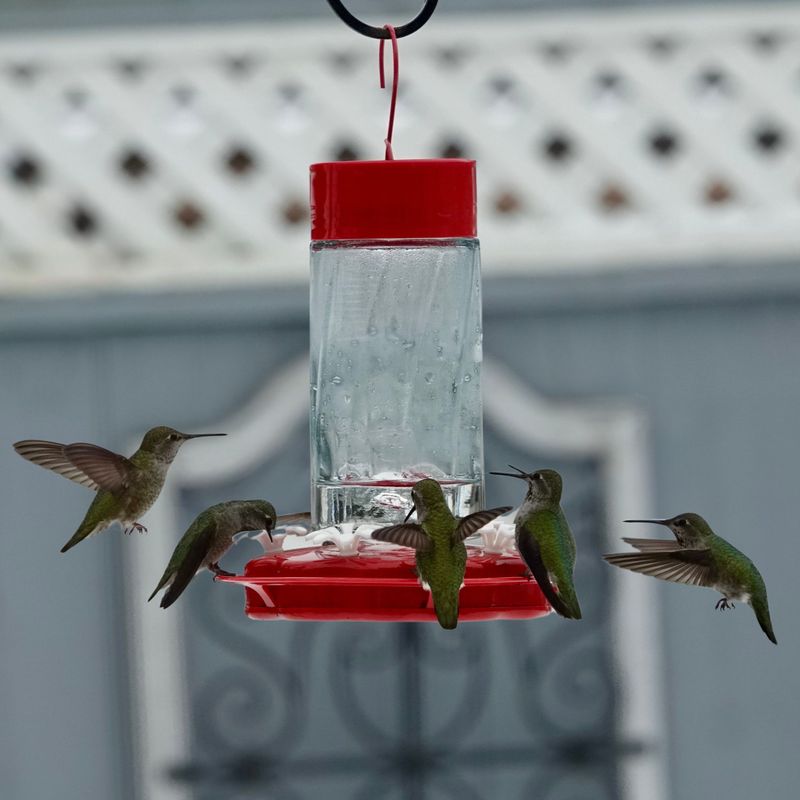
Too many birds at one feeder can lead to aggressive behavior and stress. Spread feeders throughout your garden.
This encourages peaceful feeding and reduces competition. Different feeder designs and colors can appeal to various species.
By providing multiple feeding stations, you ensure that more birds can enjoy the nectar. Such thoughtful placement enriches their feeding experience, making your garden a preferred destination.
Ignoring Seasonal Changes
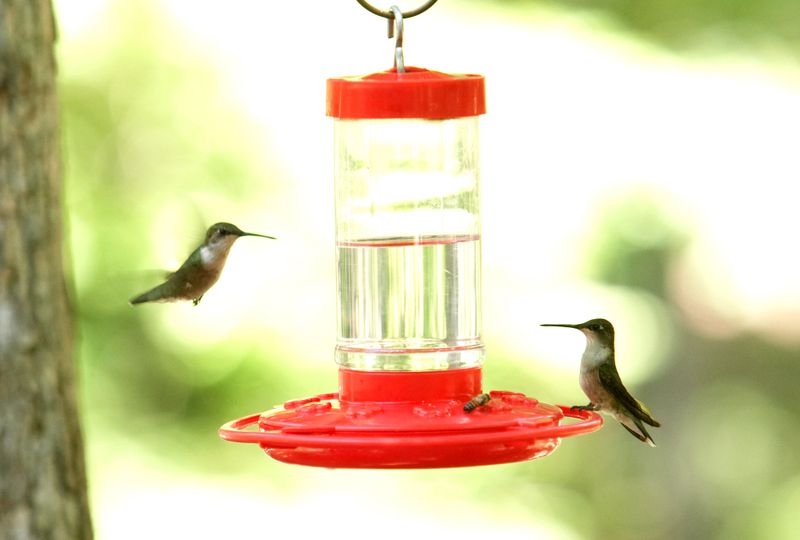
Hummingbirds migrate with the seasons, so it’s crucial to adjust food availability accordingly.
Keep feeders out during migration periods, and remove them when birds are not present to prevent waste.
Understanding their migratory patterns helps in providing timely support. This attentiveness ensures that your garden remains a reliable source of food, encouraging return visits year after year.
Creating a Water Feature
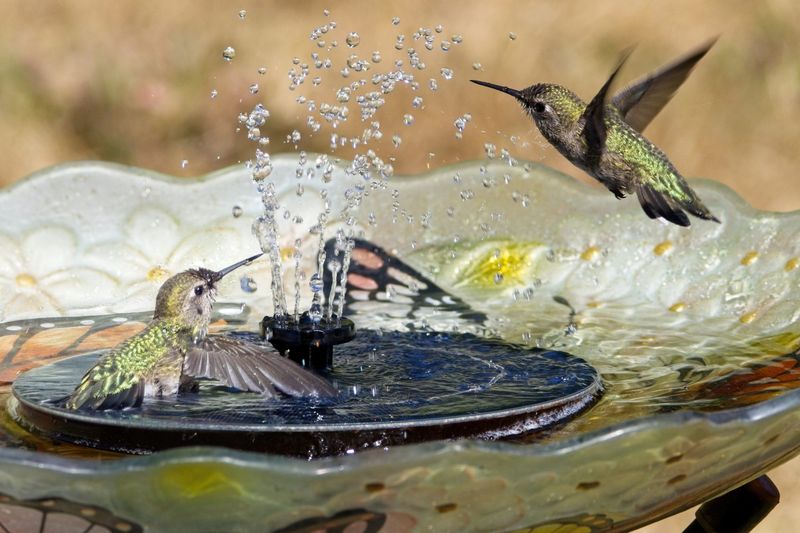
Introduce a water feature to your garden to attract hummingbirds. They love misting baths and gentle waterfalls.
The sound of running water entices them, providing hydration and bathing opportunities. Choose a fountain with shallow edges.
This addition not only appeals to hummingbirds but enhances the overall ambiance of your garden. It’s a delightful way to watch these creatures interact with their surroundings, making them feel at home.
Planting a Variety of Flowers
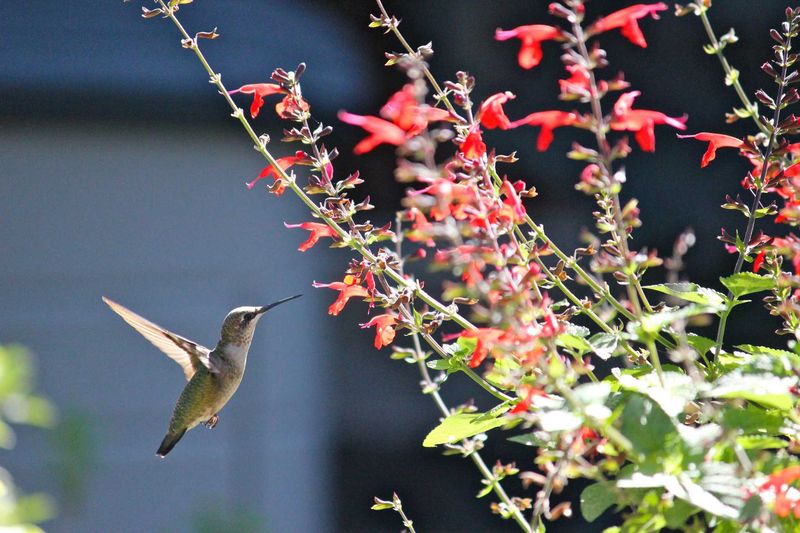
Diversity in flower types and colors can attract more hummingbirds.
Incorporate a mix of perennials and annuals, ensuring blooms throughout the seasons. This continuous supply of nectar invites hummingbirds to stay longer.
Such variety supports different pollinators, enriching your garden’s ecosystem. The visual appeal of a colorful garden also provides a feast for the eyes, enhancing your outdoor space.
Offering Shelter with Trees
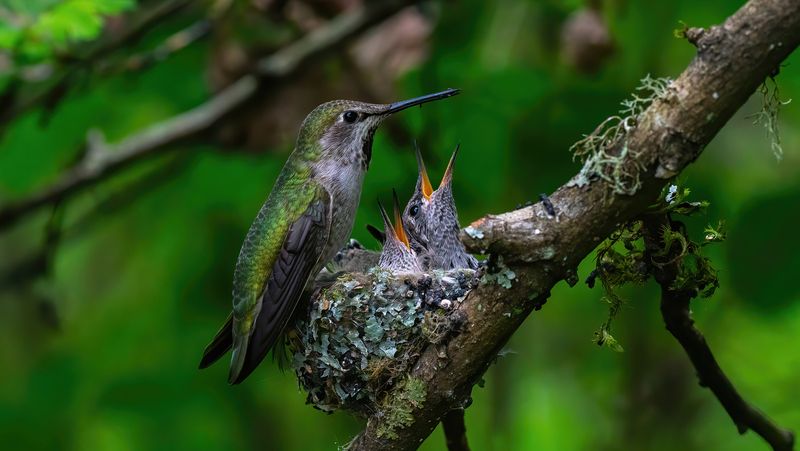
Trees offer essential shelter and nesting sites for hummingbirds.
Include a mix of trees and shrubs to create a multi-layered habitat. Evergreen trees provide year-round cover, essential during inclement weather.
This combination supports nesting and protection, making your garden attractive to hummingbirds seeking safety. It also adds structure and shade, benefiting other wildlife as well.
Minimizing Window Collisions
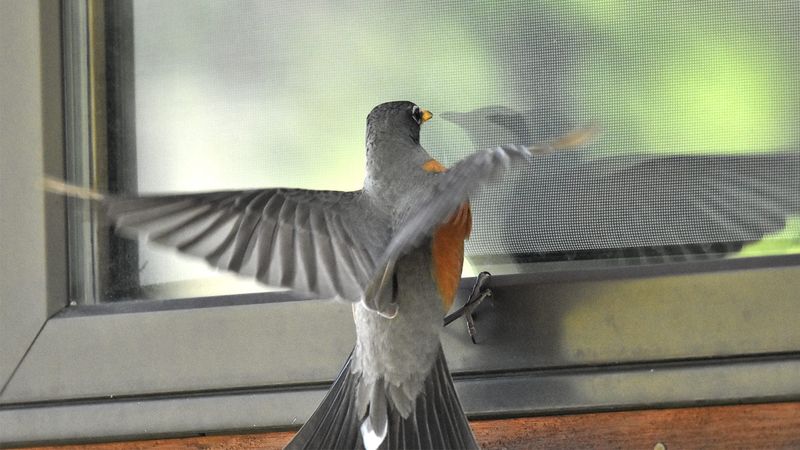
Windows can pose a significant threat, leading to fatal collisions. Apply decals or use patterned glass to minimize risks.
Strategically place feeders away from windows or use screens to reduce reflections. Understanding bird behavior aids in creating a safer environment.
These precautions not only protect birds but enhance their experience, ensuring your garden remains a safe haven.
Providing Perches
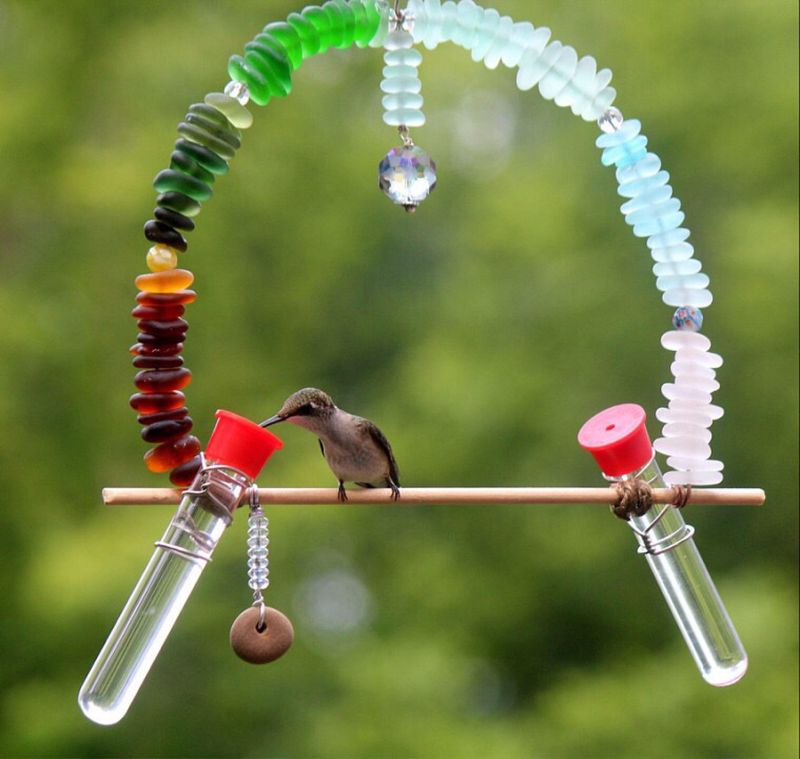
Perches allow hummingbirds to rest and observe their surroundings.
Natural branches and specially designed perches cater to their resting needs. These spots offer vantage points for spotting predators and surveying the area.
Integrating perches into your garden design supports hummingbirds’ natural behaviors, making them feel more secure and welcome.
Ensuring Safe Nesting Areas
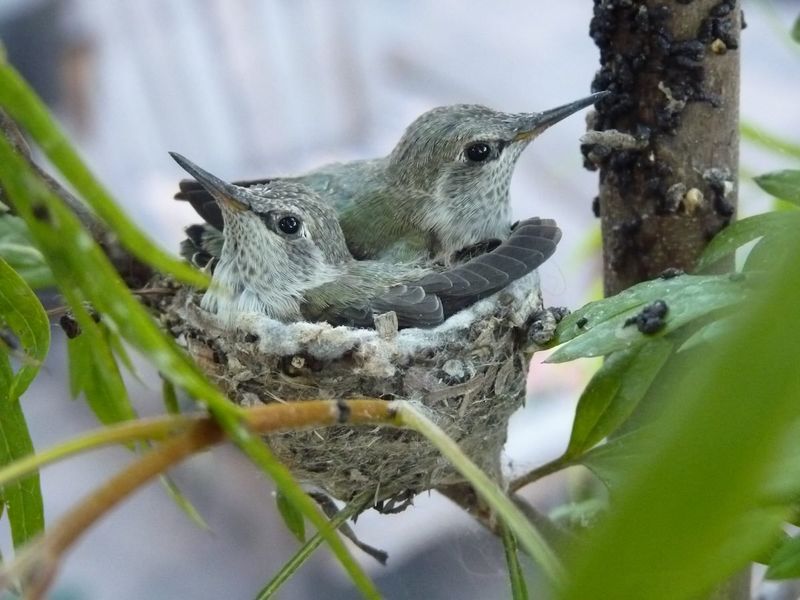
Creating safe nesting areas encourages hummingbirds to breed.
Reduce disturbances by keeping pets and noisy activities away from nesting sites. Provide materials like soft plant fibers for nest building.
By fostering a calm environment, you increase the chances of successful breeding. Nesting areas contribute to a thriving hummingbird population in your garden.
Monitoring Predator Activity
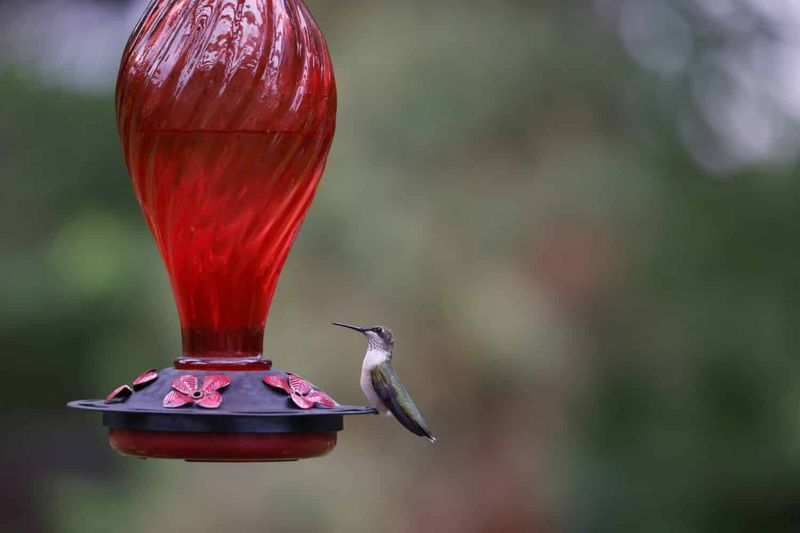
Predators can deter hummingbirds from visiting your garden. Monitor activity around feeders to ensure safety.
Use deterrents like motion-sensor lights or keep feeders at safe heights. Vigilance helps mitigate potential threats.
Understanding predator patterns allows you to make informed decisions, maintaining a secure environment for your feathered visitors.

